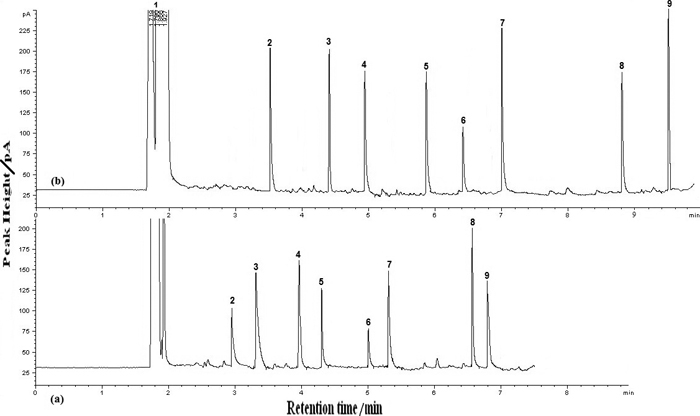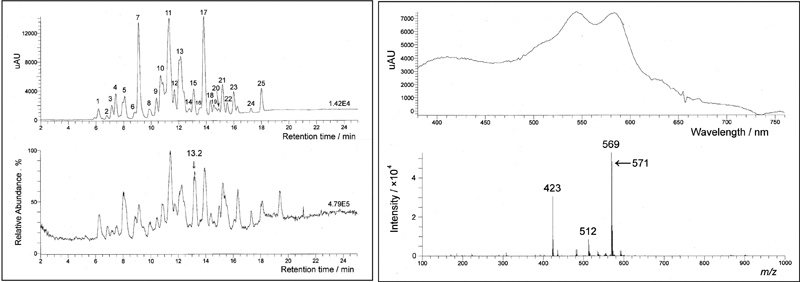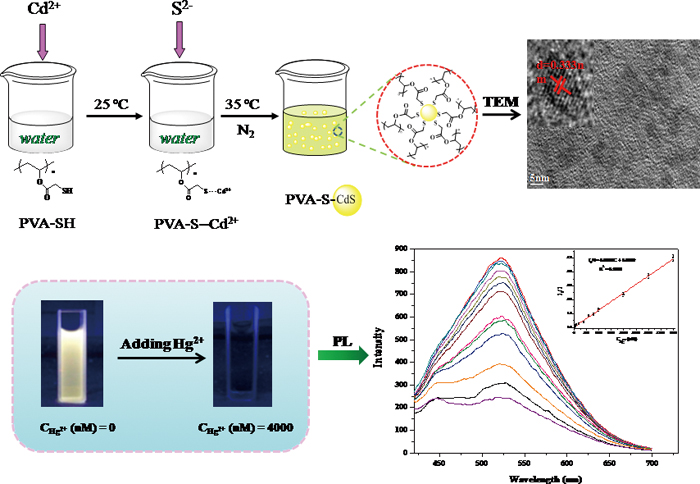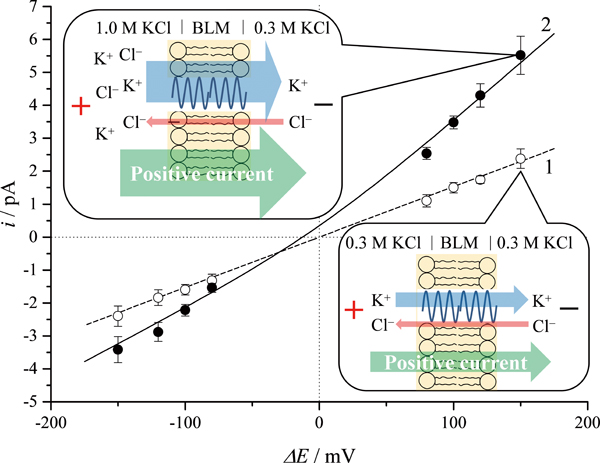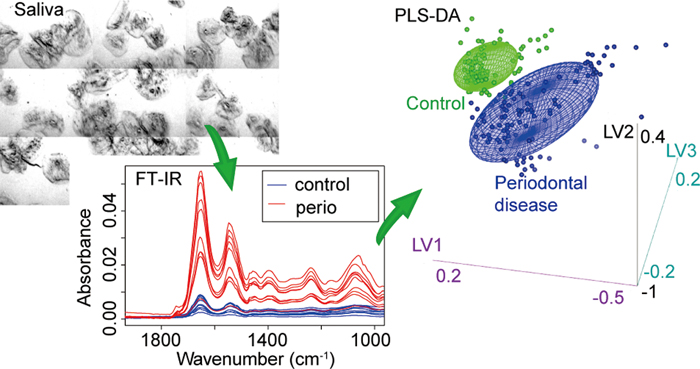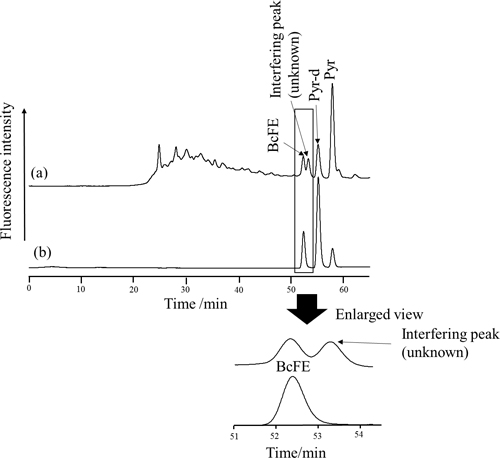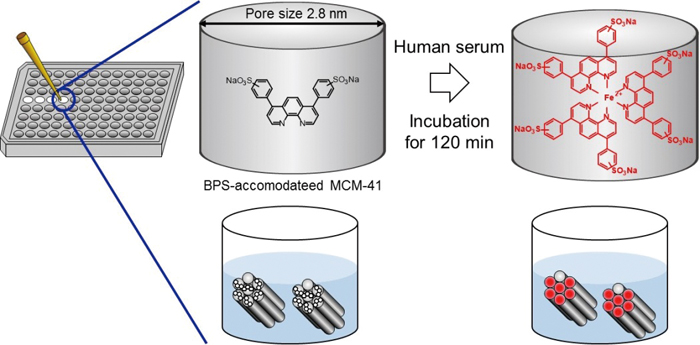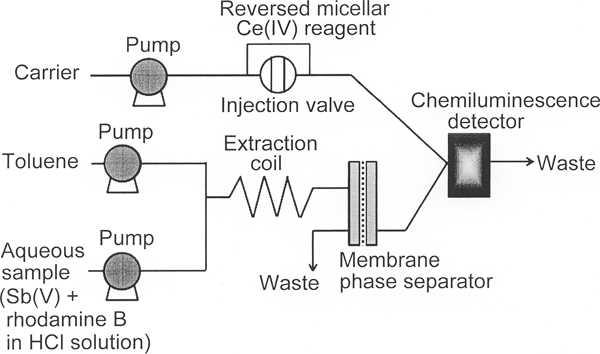Volume 32, Issue 2
Displaying 1-25 of 25 articles from this issue
- |<
- <
- 1
- >
- >|
Rapid Communications
-
Article type: Rapid Communications
2016 Volume 32 Issue 2 Pages 125-127
Published: February 10, 2016
Released on J-STAGE: February 10, 2016
Download PDF (2207K)
Original Papers
-
Article type: Original Papers
2016 Volume 32 Issue 2 Pages 129-133
Published: February 10, 2016
Released on J-STAGE: February 10, 2016
Download PDF (1540K) -
Article type: Original Papers
2016 Volume 32 Issue 2 Pages 135-140
Published: February 10, 2016
Released on J-STAGE: February 10, 2016
Download PDF (565K) -
Article type: Original Papers
2016 Volume 32 Issue 2 Pages 141-146
Published: February 10, 2016
Released on J-STAGE: February 10, 2016
Download PDF (720K) -
Article type: Original Papers
2016 Volume 32 Issue 2 Pages 147-152
Published: February 10, 2016
Released on J-STAGE: February 10, 2016
Download PDF (638K) -
Article type: Original Papers
2016 Volume 32 Issue 2 Pages 153-159
Published: February 10, 2016
Released on J-STAGE: February 10, 2016
Download PDF (900K) -
Article type: Original Papers
2016 Volume 32 Issue 2 Pages 161-166
Published: February 10, 2016
Released on J-STAGE: February 10, 2016
Download PDF (1969K) -
Article type: Original Papers
2016 Volume 32 Issue 2 Pages 167-170
Published: February 10, 2016
Released on J-STAGE: February 10, 2016
Download PDF (786K) -
Article type: Original Papers
2016 Volume 32 Issue 2 Pages 171-175
Published: February 10, 2016
Released on J-STAGE: February 10, 2016
Download PDF (627K) -
Article type: Original Papers
2016 Volume 32 Issue 2 Pages 177-182
Published: February 10, 2016
Released on J-STAGE: February 10, 2016
Download PDF (670K) -
Article type: Original Papers
2016 Volume 32 Issue 2 Pages 183-188
Published: February 10, 2016
Released on J-STAGE: February 10, 2016
Download PDF (1092K) -
Article type: Original Papers
2016 Volume 32 Issue 2 Pages 189-192
Published: February 10, 2016
Released on J-STAGE: February 10, 2016
Download PDF (627K) -
Article type: Original Papers
2016 Volume 32 Issue 2 Pages 193-199
Published: February 10, 2016
Released on J-STAGE: February 10, 2016
Download PDF (1171K) -
Article type: Original Papers
2016 Volume 32 Issue 2 Pages 201-205
Published: February 10, 2016
Released on J-STAGE: February 10, 2016
Download PDF (1484K) -
Article type: Original Papers
2016 Volume 32 Issue 2 Pages 207-213
Published: February 10, 2016
Released on J-STAGE: February 10, 2016
Download PDF (2897K) -
Article type: Original Papers
2016 Volume 32 Issue 2 Pages 215-218
Published: February 10, 2016
Released on J-STAGE: February 10, 2016
Download PDF (648K) -
Article type: Original Papers
2016 Volume 32 Issue 2 Pages 219-224
Published: February 10, 2016
Released on J-STAGE: February 10, 2016
Download PDF (758K) -
Article type: Original Papers
2016 Volume 32 Issue 2 Pages 225-231
Published: February 10, 2016
Released on J-STAGE: February 10, 2016
Download PDF (1280K)
Notes
-
Article type: Notes
2016 Volume 32 Issue 2 Pages 233-236
Published: February 10, 2016
Released on J-STAGE: February 10, 2016
Download PDF (443K) -
Article type: Notes
2016 Volume 32 Issue 2 Pages 237-240
Published: February 10, 2016
Released on J-STAGE: February 10, 2016
Download PDF (641K) -
Article type: Notes
2016 Volume 32 Issue 2 Pages 241-244
Published: February 10, 2016
Released on J-STAGE: February 10, 2016
Download PDF (776K) -
Article type: Notes
2016 Volume 32 Issue 2 Pages 245-250
Published: February 10, 2016
Released on J-STAGE: February 10, 2016
Download PDF (634K) -
Article type: Notes
2016 Volume 32 Issue 2 Pages 251-253
Published: February 10, 2016
Released on J-STAGE: February 10, 2016
Download PDF (2254K) -
Article type: Notes
2016 Volume 32 Issue 2 Pages 255-257
Published: February 10, 2016
Released on J-STAGE: February 10, 2016
Download PDF (415K)
Announcements
-
Article type: Announcements
2016 Volume 32 Issue 2 Pages 259
Published: February 10, 2016
Released on J-STAGE: February 10, 2016
Download PDF (2805K)
- |<
- <
- 1
- >
- >|




